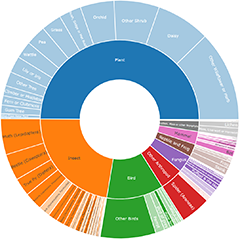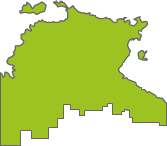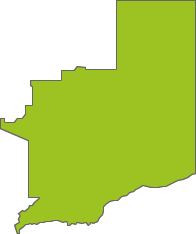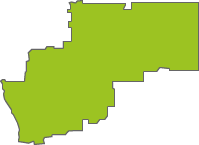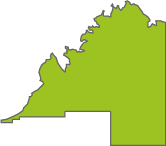Announcements
Dear NatureMapr Moderator Community,We’re excited to share a new feature aimed at saving you time when providing constructive feedback to contributors.You’ll now see "Moderator Quick Response" buttons...
Continue reading
New priority species lists in the ACT
NatureMapr now receives more records in NSW than ACT
NatureMapr Data Collector 6.2.1 update
Critical nature positive infrastructure update
Discussion
Boreoides subulatus
Rhinella marina
Trichosurus vulpecula
Myrmecia sp., pilosula-group
Boreoides subulatus
Significant sightings
- Dysphania glomulifera subsp. glomulifera at Anglers Reach, NSW
- Walwhalleya subxerophila at Franklin, ACT
- Plectorhyncha lanceolata at Higgins, ACT
- Sceptridium australe at Wyanbene, NSW
- Austrochloritis abrotonus at Berlang, NSW
- Sphaeniscus atilius at Melba, ACT
- Keyacris scurra at Manar, NSW
- Sardia rostrata at Melba, ACT
- Bossiaea grayi at Kambah, ACT
- Bossiaea grayi at Kambah, ACT
Recent activity
Prostanthera cuneata at Cotter River, ACT
Geranium sp. Pleated sepals (D.E.Albrecht 4707) Vic. Herbarium at Cootralantra, NSW
Persicaria prostrata at Cootralantra, NSW
Top contributors
- AlisonMilton 16K
- trevorpreston 15.4K
- Hejor1 12.5K
- Tapirlord 11.3K
- MichaelBedingfield 10.7K
- RodDeb 10.2K
- Mike 9.7K
- kasiaaus 9.4K
- ConBoekel 8.6K
- KylieWaldon 8K
Top moderators
- MichaelMulvaney 55K
- Tapirlord 38.2K
- MichaelBedingfield 21.8K
- Liam.m 19.2K
- donhe 17.2K
- natureguy 15.6K
- ibaird 14.5K
- AlisonMilton 10.7K
- MatthewFrawley 10K
- BettyDonWood 8.2K
Explore Australia by region
Australian Capital Territory
Canberra & Southern TablelandsNew South Wales
Southern HighlandsAlbury, Wodonga
Canberra & Southern Tablelands
South Coast
Greater Sydney
Hunter Region
Central West NSW
Riverina Murray
New England
Far West New South Wales
New South Wales North Coast
Northern Territory
Top End and Big RiversCentral and Barkley














































































































